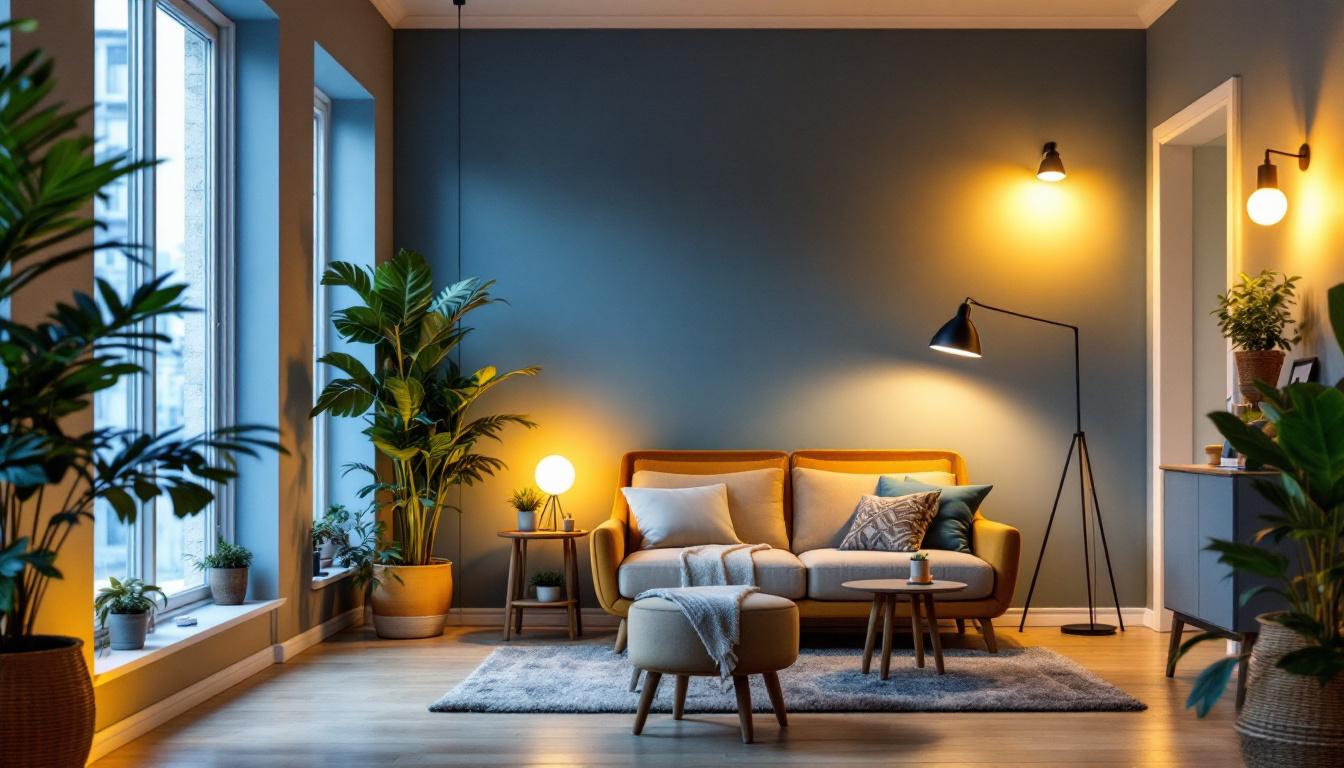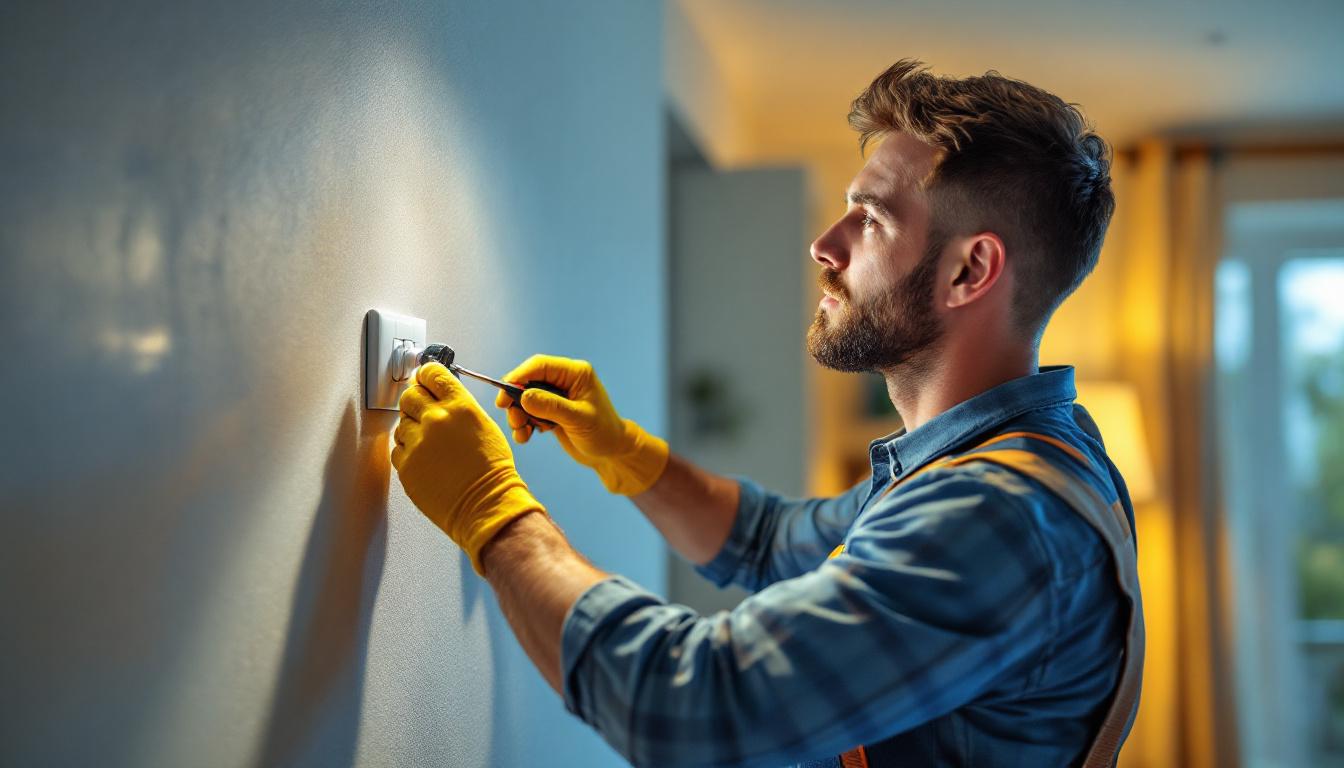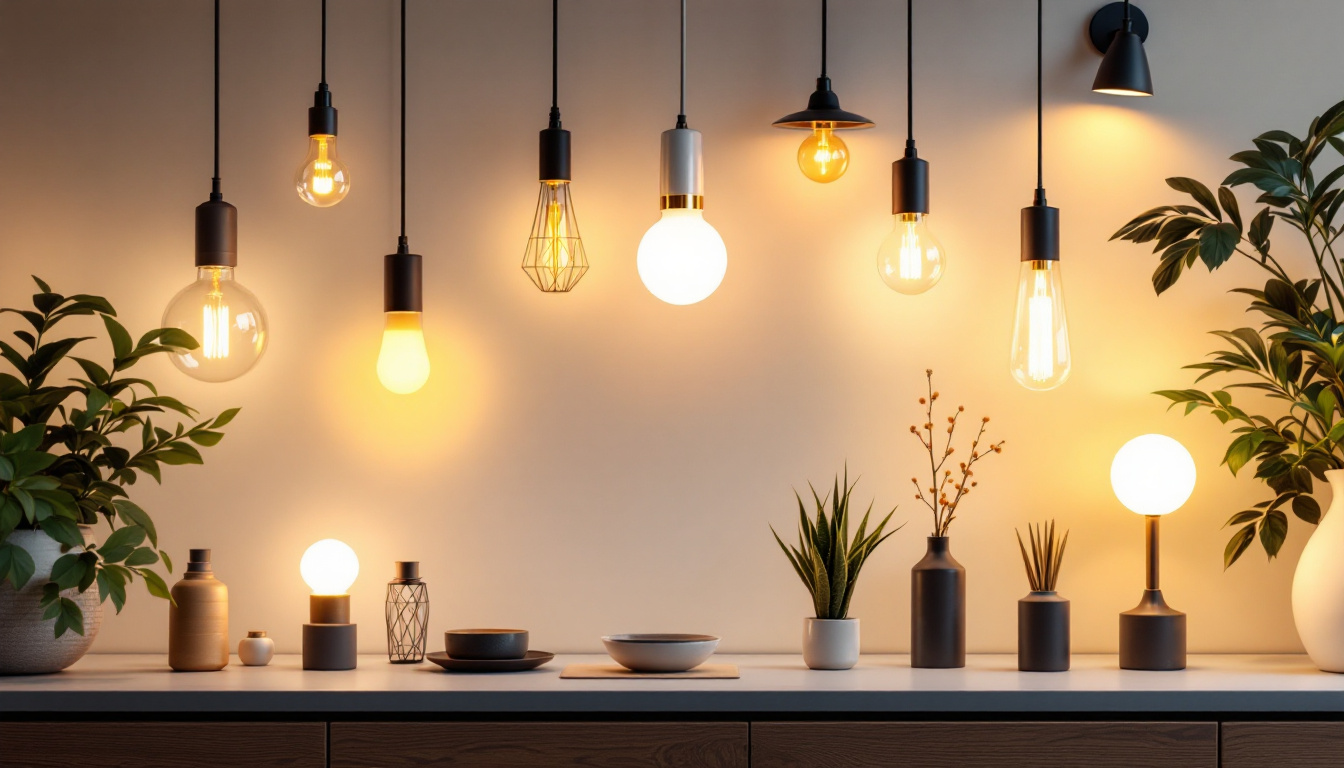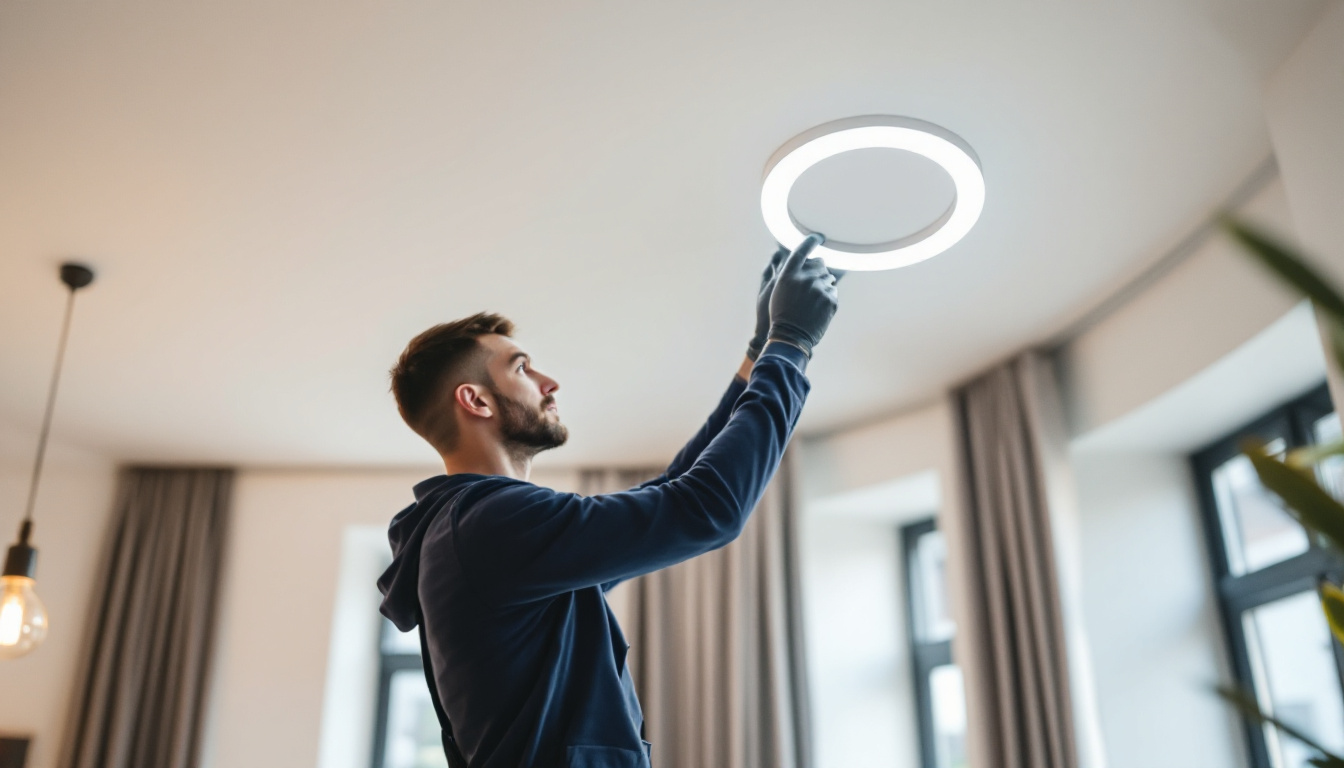
Indoor up lighting is a lighting technique where fixtures are positioned on the floor or low surfaces, directing light upwards to illuminate walls, ceilings, or architectural features. This method creates a dramatic and elegant ambiance, enhancing the perception of space and adding depth to interiors. For lighting contractors, mastering indoor up lighting is essential, as it combines aesthetic appeal with practical advantages.
One of the primary benefits of indoor up lighting is its ability to transform a room’s atmosphere without overwhelming brightness. By casting light upward, it reduces glare and harsh shadows, providing a softer, more diffused illumination. This quality makes it particularly suitable for residential living spaces, hospitality venues, galleries, and commercial environments where ambiance plays a critical role.
Moreover, up lighting can highlight architectural details such as textured walls, crown moldings, or ceiling beams, turning them into focal points. This technique not only enhances interior design but also adds value to the space by emphasizing craftsmanship and style.
In addition to its aesthetic benefits, indoor up lighting can also contribute to energy efficiency. Many modern up lighting fixtures utilize LED technology, which consumes significantly less power than traditional incandescent bulbs. This not only reduces energy bills but also minimizes the environmental impact of lighting. Furthermore, the longevity of LED lights means less frequent replacements, contributing to lower maintenance costs over time. As sustainability becomes a priority for many homeowners and businesses, incorporating energy-efficient lighting solutions like up lighting can align with eco-friendly practices.
Another advantage of indoor up lighting is its versatility in design and application. It can be used in various settings, from cozy residential spaces to expansive commercial areas, adapting to different styles and themes. For instance, in a contemporary home, sleek, minimalist fixtures can create a chic atmosphere, while in a rustic setting, more ornate designs can enhance the warmth and character of the space. Additionally, up lighting can be strategically placed to create zones within larger areas, guiding the eye and influencing how spaces are perceived and utilized. This adaptability makes it a favored choice among interior designers and architects looking to create cohesive and inviting environments.
Energy efficiency is a top priority for modern lighting contractors and their clients. Indoor up lighting, when executed with energy-efficient fixtures and controls, can significantly reduce overall energy consumption. Traditional overhead lighting often requires multiple high-wattage bulbs to achieve the desired brightness, whereas well-placed up lighting can achieve similar or better effects using fewer, lower-wattage fixtures.
LED technology has revolutionized indoor up lighting by providing high luminous efficacy with minimal power usage. LEDs consume up to 80% less energy than incandescent bulbs and have a much longer lifespan, reducing maintenance costs and environmental impact. When combined with dimmers and smart controls, indoor up lighting systems can be fine-tuned to use only the necessary amount of light, further optimizing energy use. This adaptability not only enhances the aesthetic appeal of a space but also aligns with sustainable design principles, making it a preferred choice for eco-conscious builders and homeowners alike.
Several commercial projects have demonstrated the energy-saving potential of indoor up lighting. For example, a boutique hotel replaced traditional ceiling fixtures with LED up lighting to accentuate textured walls and ceiling coves. This change resulted in a 40% reduction in lighting energy consumption while improving guest satisfaction due to the warmer, more inviting atmosphere. The hotel also reported a notable increase in bookings, as the ambiance created by the up lighting was highlighted in guest reviews, showcasing how effective lighting design can directly impact business performance.
Another case involved a corporate office that integrated up lighting with occupancy sensors and daylight harvesting controls. The system adjusted lighting levels based on natural light availability and room usage, achieving substantial energy savings and enhancing employee comfort. These examples underscore the importance of combining indoor up lighting with modern energy management strategies. Furthermore, the incorporation of up lighting not only contributes to energy efficiency but also promotes a healthier work environment by reducing glare and creating a more balanced light distribution. This thoughtful approach to lighting design can lead to increased productivity and well-being among employees, making it a win-win for both businesses and their workforce.
Choosing the right fixtures is crucial for successful indoor up lighting. Lighting contractors should consider the beam angle, color temperature, and fixture design to ensure the light complements the space. Narrow beam angles are ideal for highlighting specific architectural features, while wider beams provide general ambient lighting. This selection process not only enhances the aesthetic appeal of a room but also plays a significant role in functionality, as the right fixtures can transform a mundane area into a vibrant focal point.
Placement is equally important. Fixtures should be positioned to avoid direct glare and shadows, typically near walls or corners. Floor-mounted or recessed uplights can be used depending on the floor finish and aesthetic preferences. Additionally, waterproof or dust-resistant fixtures may be necessary in environments like kitchens or bathrooms. For instance, in a living room, strategically placed uplights can accentuate artwork or architectural details, while in a hallway, they can create a welcoming ambiance that guides visitors through the space. It’s also worth considering the height of the fixtures; higher placements can create a more dramatic effect, while lower placements tend to provide a softer glow.
The choice of color temperature influences the mood and functionality of the space. Warm white light (2700K–3000K) creates a cozy, inviting atmosphere, suitable for residential and hospitality settings. Neutral white (3500K–4100K) offers a balance between warmth and clarity, ideal for offices and retail spaces. Cool white (5000K and above) can be used for task-oriented areas but may feel harsh if overused. Understanding the psychological effects of different color temperatures can help designers create spaces that evoke the desired emotional responses from occupants, enhancing their overall experience.
High color rendering index (CRI) fixtures are recommended to ensure colors appear natural and vibrant under up lighting. This is particularly important in environments like art galleries or retail stores where accurate color perception is critical. Moreover, the use of dimmable fixtures can provide flexibility in lighting design, allowing for adjustments based on the time of day or specific activities. By incorporating smart lighting solutions, such as those that can be controlled via mobile apps, designers can offer users the ability to customize their lighting environment, further enhancing the functionality and appeal of the space.
Integrating smart controls with indoor up lighting systems allows contractors to maximize energy efficiency and user convenience. Dimmers enable precise adjustment of light levels, reducing unnecessary energy use during off-peak hours or when full brightness is not required.
Occupancy sensors can automatically turn lights on or off based on room occupancy, preventing lights from being left on in empty spaces. Daylight sensors adjust artificial lighting in response to available natural light, maintaining consistent illumination while minimizing energy consumption.
Modern lighting control systems support scene setting, allowing users to select preset lighting configurations for different activities or times of day. For example, a restaurant might have a bright scene for daytime service and a softer, more intimate scene for evening dining, all controlled via a smartphone app or wall panel.
For lighting contractors, offering programming services adds value to the installation and enhances client satisfaction. It also positions contractors as experts in energy-efficient lighting solutions, opening opportunities for repeat business and referrals.
While indoor up lighting offers many benefits, it also presents unique challenges. One common issue is the potential for uneven illumination or unwanted shadows if fixtures are improperly placed or if the beam angles are not carefully selected. Lighting contractors must conduct thorough site assessments and use lighting design software to model light distribution before installation.
Another challenge is ensuring that floor-mounted fixtures do not pose tripping hazards or interfere with furniture placement. Recessed uplights or wall-mounted alternatives can mitigate this risk while maintaining the desired lighting effect.
Maintenance access can be limited for some up lighting fixtures, especially those recessed into floors or architectural elements. Selecting long-life LED fixtures with high durability reduces the frequency of maintenance visits. Additionally, contractors should educate clients on basic maintenance practices and recommend routine inspections to ensure optimal performance.
The lighting industry is continuously evolving, with innovations that enhance the efficiency and versatility of indoor up lighting. Advances in LED technology, such as tunable white and color-changing capabilities, allow for dynamic lighting environments that adapt to occupant needs and preferences.
Integration with building automation systems and the Internet of Things (IoT) is becoming increasingly common, enabling more sophisticated energy management and user control. For lighting contractors, staying informed about these trends is vital to delivering cutting-edge solutions that meet client demands and regulatory requirements.
Furthermore, sustainability certifications and energy codes are driving the adoption of energy-efficient lighting practices. Indoor up lighting, when designed and installed correctly, can contribute significantly to achieving these standards, making it a valuable skill set for contractors focused on green building projects.
Indoor up lighting represents a powerful tool in the lighting contractor’s arsenal, combining aesthetic appeal with energy efficiency. By understanding the principles of design, fixture selection, and control integration, contractors can create lighting solutions that enhance spaces while reducing energy consumption and operational costs.
As clients increasingly prioritize sustainability and energy savings, expertise in indoor up lighting positions contractors to meet these demands effectively. Embracing this technique not only improves project outcomes but also strengthens professional reputation in a competitive market.
Ultimately, indoor up lighting is more than a decorative option; it is a strategic approach to modern lighting design that supports environmental responsibility and elevates interior environments.
Ready to elevate your lighting projects with the sophisticated charm of indoor up lighting while embracing energy efficiency? Look no further than LumenWholesale, where we provide contractors with exceptional, spec-grade lighting products at unbeatable wholesale prices. Our commitment to quality and affordability ensures that you can implement state-of-the-art lighting solutions without the burden of inflated costs. Plus, with free shipping on bulk orders, you can stock up on premium lighting essentials with ease. Don’t compromise on quality or value—choose LumenWholesale for your next project. Discover our extensive selection and experience the best in lighting by visiting Wholesale Lighting at the Best Value today.

Discover the pivotal role of fluorescent lighting in modern construction projects.

Discover the top challenges lighting contractors face when installing wall switches for ceiling fans and lights.

Discover the essentials of small light fixtures in just five minutes with this comprehensive guide tailored for lighting contractors.

Discover the key qualities that distinguish top lighting contractors when choosing the perfect LED circle light for your space.